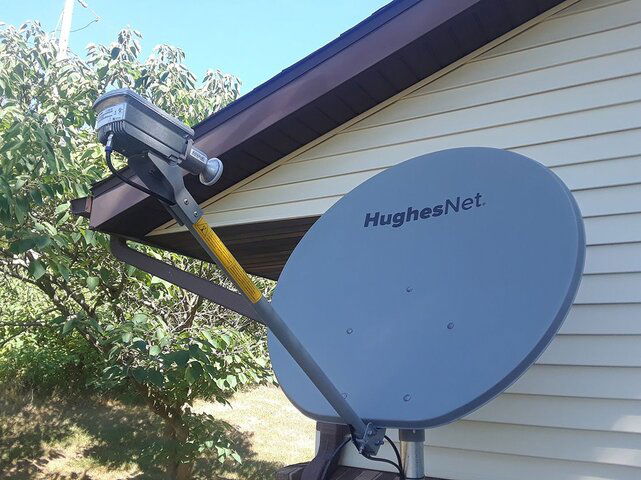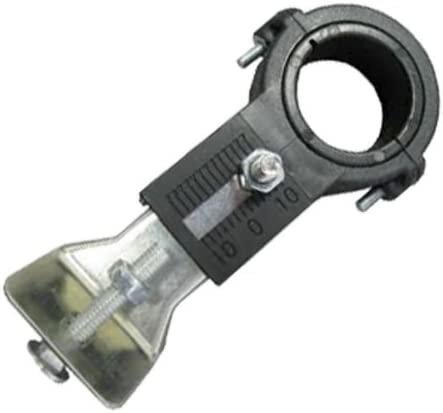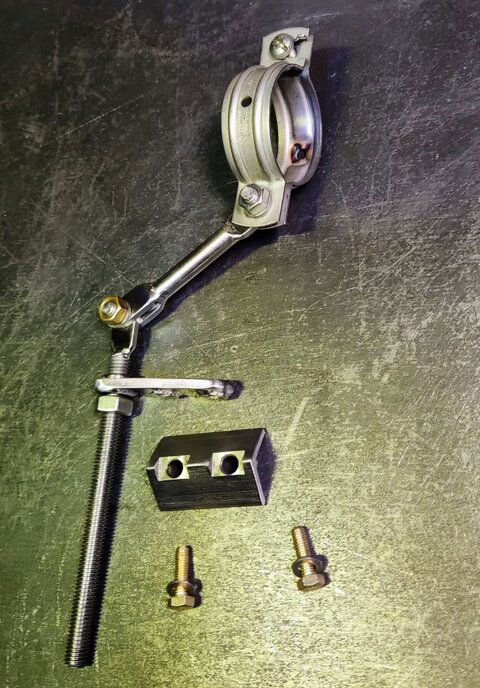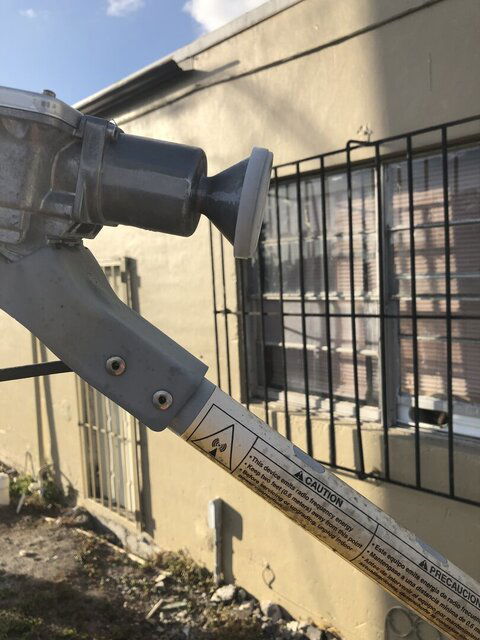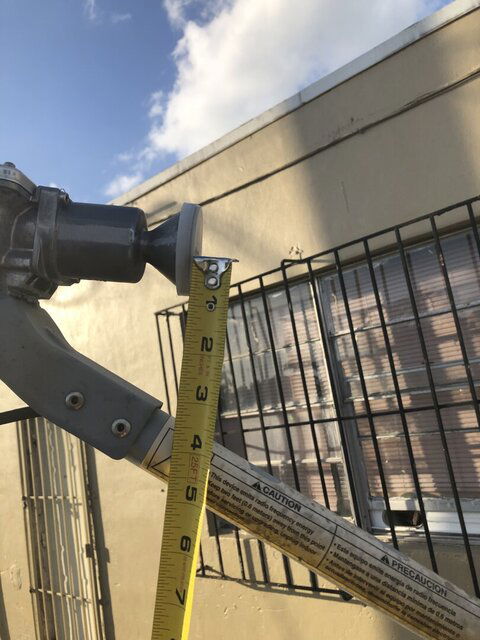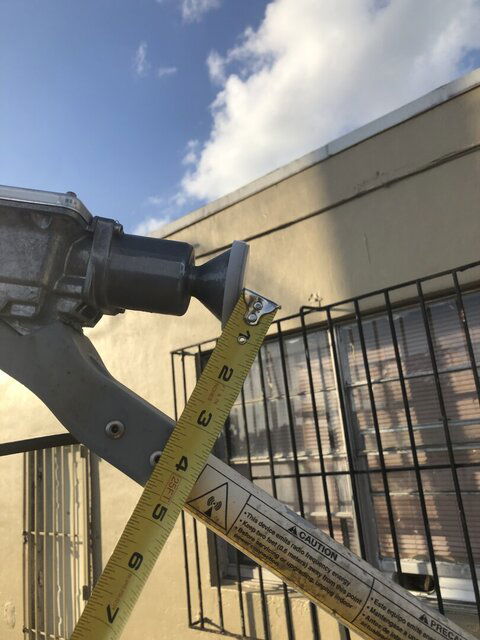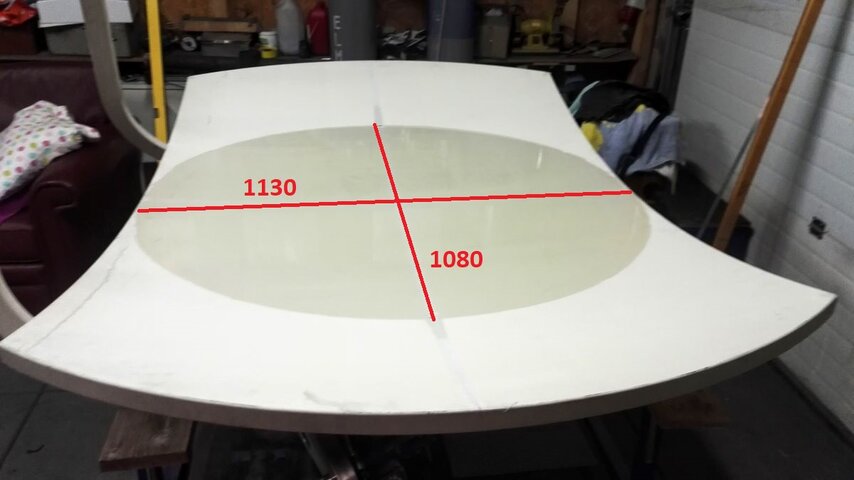I am curious how these 2 dishes reflect and focus Sun light, using small mirrors placed on them.
Do they produce 2, or more light circles - separated as to illuminate more LNBS's? Or, they provide
just an elongated, say, 4" to 8" (10 to 20 cm) long strip of reflected light, 1" or 2 cm high?
This would mean the reflected energy would be dissipated on larger area, resulting in lower "Q".
For years, I try to popularize checking the geometry and locating the focal spot of dishes just using small mirrors, and am disappointed that it is not commonly used.
Maybe it deserves to be included in "sticky" posts?
2 string method is not always possible, as a dish can be cut out of Mother Paraboloid not by plane, but by other, elongated shape.
Filling dish with water and taking measurements is not easy.
Even dry measurements are cumbersome, as well as following calculations.
Small mirrors are cheap and available in craft stores or on Amazon, the same about 2-sided thin glue tape.
Small mirrors CAN reveal much more than traditional checking methods, see my post from 8 years ago:
For a long time wanted to have portable Ku dish set, to show to my friends the specifics of my hobby, when visiting them. Maybe, even converting some of them to this hobby. The e-bay offer was rather affordable. Import charges and Pitney-Bowes brokerage added to expenses (Gee, what happened to...

www.satelliteguys.us
regards,
polgyver



